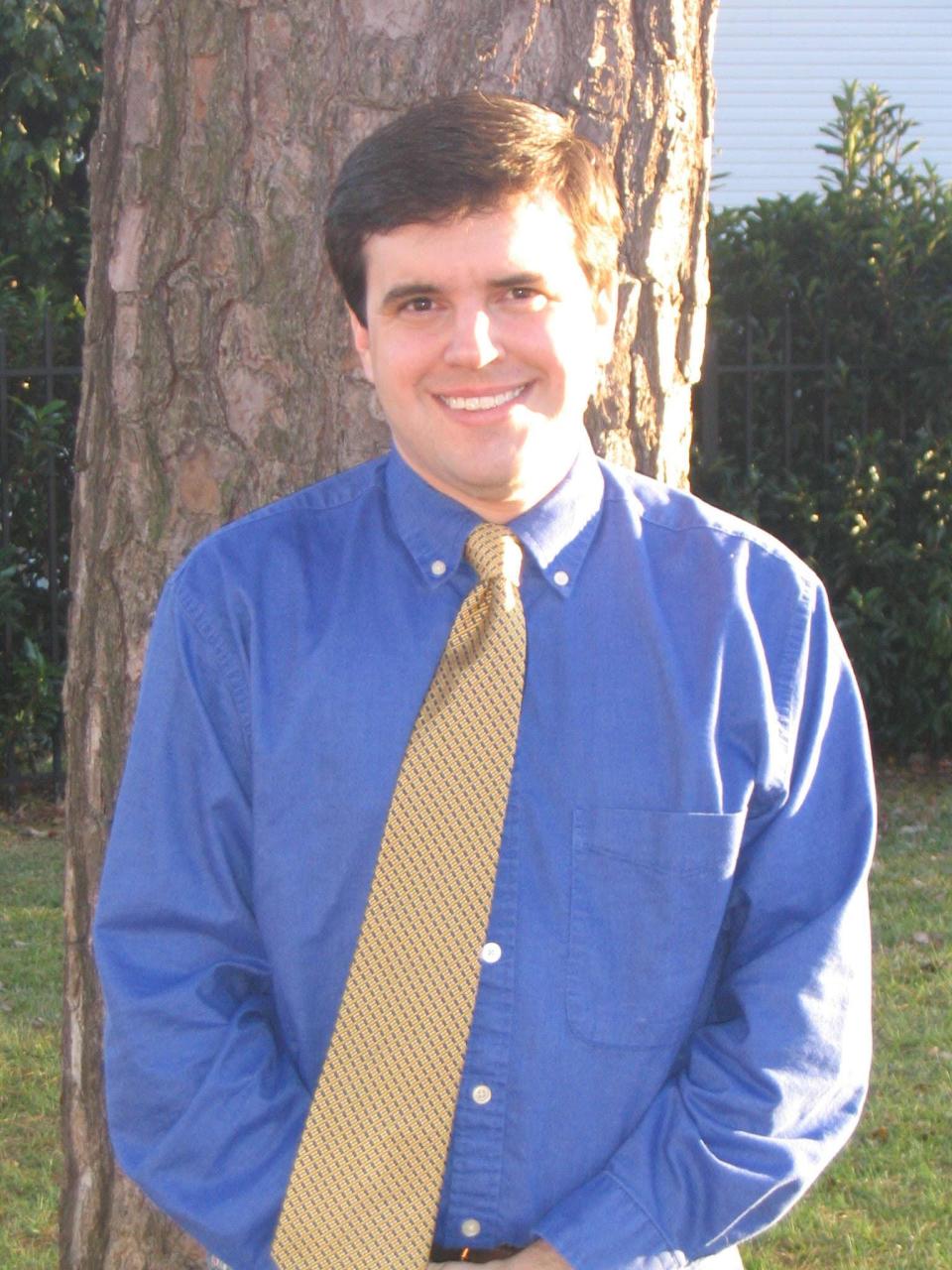Bridges history column: Texan Anson Jones, part 1
- Oops!Something went wrong.Please try again later.
- Oops!Something went wrong.Please try again later.
Texas is one of four states to once have been an independent nation. Though only a short period in its long history, it has become a source of curiosity and pride for many. The last man to serve as president for the Republic of Texas was Dr. Anson Jones. While he guided Texas to statehood, his life was one of successes and failures.
Jones was born in Great Barrington, Massachusetts, in January 1798. His education was sporadic, but he possessed a great intelligence and a strong sense of curiosity. As a teenager, he lived in Seneca Falls, New York. He hoped to become a printer, but he soon decided to become a physician. He apprenticed under a local doctor and was soon licensed by the Medical Society of Oneida, New York. His practice, however, struggled and he ran up large debts. He moved to Philadelphia to open a new practice and began operating a school. However, his money problems grew worse and was arrested for non-payment of his debts in 1824. He fled for Venezuela and eventually returned to Philadelphia. He received a formal medical degree at Jefferson Medical College in 1827.

His financial fortunes did not improve, so he left Philadelphia for New Orleans in 1832, hoping to become a merchant in the growing port city. However, his situation did not improve, and he grew increasingly frustrated. In 1833, friends persuaded him to move to Texas, and he settled in Brazoria. By the next year, he had a thriving medical practice and became increasingly involved in local politics. He also became involved with the local Masonic Lodge and Odd Fellow society.
The relationship between Texas settlers and Mexico became increasingly belligerent as the Mexican government became increasingly heavy-handed in its dealings with its critics. Jones began to openly call for Texas independence. In December 1835, after fighting had begun between settlers and the Mexican Army, a number of settlers met in Columbia for a meeting called the Consultation, to help decide the next move by settlers. Jones led a call for a convention to declare independence by the following spring, but he would not put his name in contention to be a delegate.
As warfare spread, Jones joined the fight. By the spring of 1836, he was serving in the Second Regiment as a judge advocate and a surgeon. He soon rose to become apothecary general of the army. After Texas won the war, he returned to Brazoria to resume his medical career. He was elected to the Texas Congress and pushed for legislation to encourage education and the creation of a national university. He pushed for medical regulations and opposed the creation of a state-run bank and railroad company.
President Sam Houston appointed him as Texas ambassador to the United States in 1838. Both men saw that the effort to annex Texas to the United States was faltering and agreed to withdraw the request for the time being. In the meantime, he attempted to work with Europe and the United States to improve trade. Houston could not run for re-election, and Mirabeau B. Lamar was elected president.
Lamar replaced Jones as ambassador, and Jones returned to Texas to serve in Congress once again. Jones became increasingly critical of Lamar’s policies and spending. Lamar was extremely unpopular as his term ended in 1841. Houston announced he would run for president once again. Jones declined to run for vice-president. Voters returned Sam Houston to the presidency by a wide margin.
Houston was determined to make Texas part of the United States. He hoped to make Texas look too valuable economically and too important strategically for the United States to ignore, and Jones agreed. Houston appointed Jones as his secretary of state, and the two began negotiations with the United States for annexation once again. As progress began to be made on annexation, this put Jones on track to be Texas’s president with the 1844 election.
Ken Bridges is a writer, historian and native Texan. He holds a doctorate from the University of North Texas. Bridges can be reached by email at drkenbridges@gmail.com.
This article originally appeared on Amarillo Globe-News: Bridges history column: Texan Anson Jones, part 1

